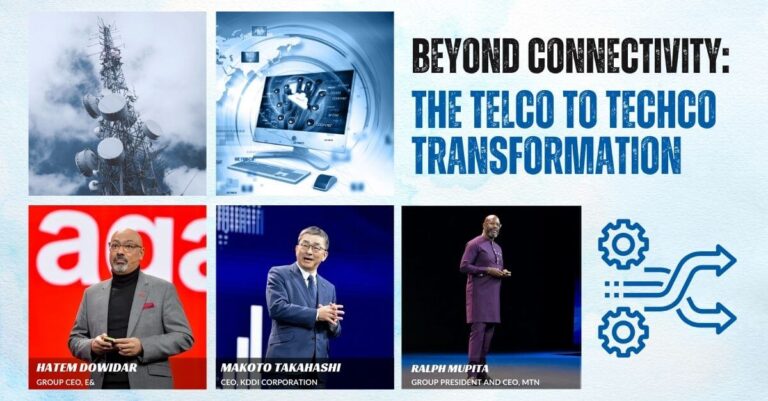India’s journey in the electronics sector has reached a significant milestone, solidifying its status as the world’s second-largest mobile phone manufacturer. This achievement comes after a decade of concerted efforts and strategic planning, according to the India Cellular and Electronics Association (ICEA). The association, which includes industry giants such as Apple, Xiaomi, Oppo, Vivo, and Lava, reported an impressive production of 2.45 billion units of mobile phones valued at Rs 4.1 lakh crore over the past ten years. This marks a substantial increase from the Rs 18,900 crore worth of mobile phones produced in 2014-15.
In a dramatic turnaround, the sector has shifted from being 78% dependent on imports in 2014 to achieving 97% self-sufficiency in 2024, with only 3% of the mobile phones sold in the country being imported.
This transformation underscores India’s local manufacturing capabilities and reduced reliance on foreign imports for mobile phones. The initial target for the industry was ambitious, aiming for Rs 20 lakh crore in cumulative production over the decade. The actual figures came remarkably close, with a total production value of Rs 19.45 lakh crore.A significant factor in this success has been the exponential growth in mobile phone exports. Starting from Rs 1,556 crore in 2014-15, the industry is expected to close FY24 with an estimated export value of Rs 1.2 lakh crore.
This growth represents a staggering 7500% increase in exports over the decade, elevating mobile phones to become India’s fifth-largest exported commodity, with cumulative exports amounting to Rs 3.22 lakh crore from 2014 to 2024.
Pankaj Mohindroo, the Chairman of ICEA, pointed to the critical role of electronics manufacturing, especially mobile phone production, in propelling India’s economic growth. He emphasized the potential impact on India’s Gross Domestic Product (GDP), which is expected to double from the current $3.7 trillion to $7 trillion by 2030, largely fueled by advancements in the digital sector and international trade. Mohindroo underscored the need for India to attract global value chains (GVCs) in electronics to the country, which would create large-scale manufacturing jobs and enhance domestic value addition. He advocated for building a competitive manufacturing landscape capable of operating factories at unprecedented scales in India.
This landmark achievement in mobile phone manufacturing not only demonstrates India’s prowess in the electronics manufacturing sector but also sets a strong foundation for future growth. It reflects the nation’s strategic focus on boosting local production capabilities, enhancing export potential, and positioning itself as a key player in the global electronics market. As India continues to innovate and expand its manufacturing sector, it solidifies its role as a pivotal force in shaping the future of global electronics manufacturing and trade.
Building on its remarkable progress in the mobile manufacturing sector, India’s electronics industry is poised for further expansion and innovation. The government’s supportive policies, including incentives under schemes such as the Production Linked Incentive (PLI) scheme, have played a crucial role in propelling the sector’s growth. These initiatives aim to attract more international investment and encourage existing manufacturers to ramp up production, thereby enhancing India’s competitiveness on the global stage.
The success of India’s mobile manufacturing industry also opens up new avenues for the development of ancillary sectors, including component manufacturing and semiconductor fabrication. As the demand for mobile phones and other electronics continues to rise, there’s a growing need for a robust supply chain ecosystem within the country. This would not only increase the domestic value addition but also reduce the lead times and dependencies on foreign sources for critical components.
Moreover, India’s advancements in mobile phone manufacturing hold significant implications for employment and skill development in the country. The industry’s expansion is expected to create millions of direct and indirect jobs, ranging from assembly line roles to high-skilled engineering positions. Furthermore, it fosters an environment conducive to technological innovation, encouraging startups and established companies alike to invest in research and development activities.
India is also aiming to make strides in the environmental aspect of mobile phone production. By adopting green manufacturing practices and emphasizing the recycling and responsible disposal of electronic waste, the country is looking to minimize the environmental impact of its growing electronics sector. These efforts align with global sustainability goals and position India as a responsible player in the international electronics manufacturing industry.
In the global context, India’s rise as a leading mobile phone manufacturer enhances its strategic importance in the electronics supply chain. This could lead to closer collaboration and partnerships with other countries seeking to diversify their manufacturing bases and reduce dependencies on single sources. India’s software development strengths and manufacturing capabilities present a unique value proposition to global electronics companies looking for integrated solutions.
As India continues on this trajectory of growth and innovation in mobile phone manufacturing, it cements its position not just as a production hub but as a center for excellence in electronics. The country’s journey from being import-dependent to becoming a global manufacturing powerhouse serves as a model for other sectors and countries aiming for technological self-reliance and economic prosperity.
























